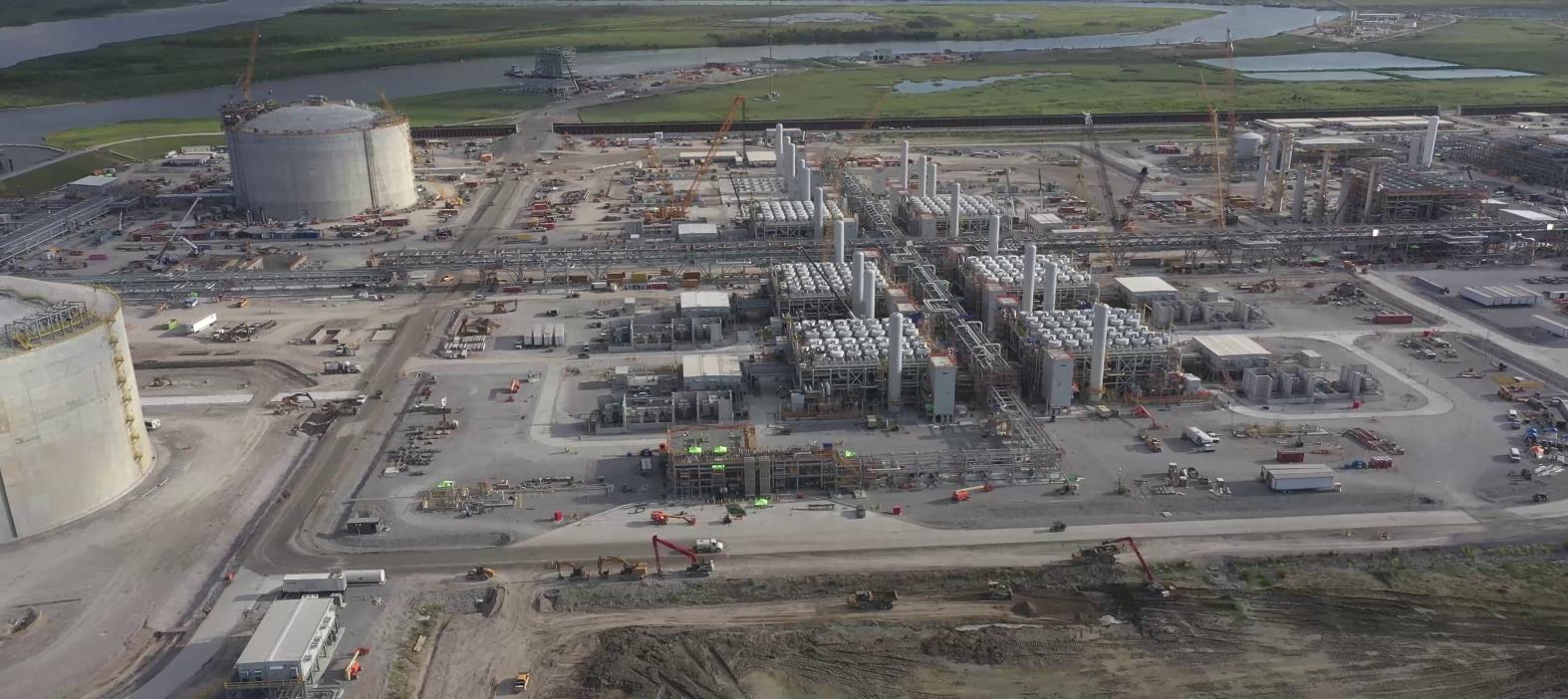The US Energy Information Administration expects high levels of US LNG exports to continue into 2022, boosted by strong global natural gas demand and the launch of new liquefaction trains.
The agency estimates that US LNG exports averaged 9.8 Bcf/d in October, up 0.3 Bcf/d from September, supported by large prices differences between Henry Hub prices in the US and spot prices in Europe and Asia, according to its latest short-term energy outlook.
LNG exports resumed from the Cove Point LNG plant in late October after it completed its annual maintenance.
EIA said it now expects US LNG exports to average 9.8 Bcf/d for all of 2021, up 50 percent from 2020.
“We expect that LNG exports will increase this winter, averaging 11.0 Bcf/d from November through March,” it said.
Moreover, the agency forecasts high levels of LNG exports would continue into 2022, averaging 11.5 Bcf/d for the year, up 17 percent from 2021.
“The forecast reflects our assumption that global natural gas demand remains high and several new natural liquefaction trains—the sixth train at Sabine Pass LNG and the first trains at the new LNG export facility, Calcasieu Pass LNG—enter service,” it said.
Henry hub to remain volatile over winter
In October, the natural gas spot price at Henry Hub averaged $5.51 per million British thermal units (MMBtu), up from the September average of $5.16/MMBtu and a rise from an average of $3.25/MMBtu in the first half of 2021, EIA said.
The rising natural gas prices in recent months reflect US natural gas inventory levels that are below the five-year average, EIA said.
Despite high prices demand for natural gas for electric power generation has remained relatively high, which along with strong global demand for US LNG has limited downward natural gas price pressures, it said.
Furthermore, EIA said the Henry Hub spot price would average $5.53/MMBtu from November through February in its forecast and then generally decline through 2022, averaging $3.93/MMBtu for the year amid rising US natural gas production and slowing growth in LNG exports.
“We forecast that US inventory draws will be similar to the five-year average this winter, and we expect that factor, along with rising US natural gas exports and relatively flat production through March, will keep US natural gas prices near recent levels before downward price pressures emerge,” it said.
Because of uncertainty around seasonal demand, EIA expects natural gas prices to remain volatile over the coming months with winter temperatures to be a key driver of demand and prices, it said.

